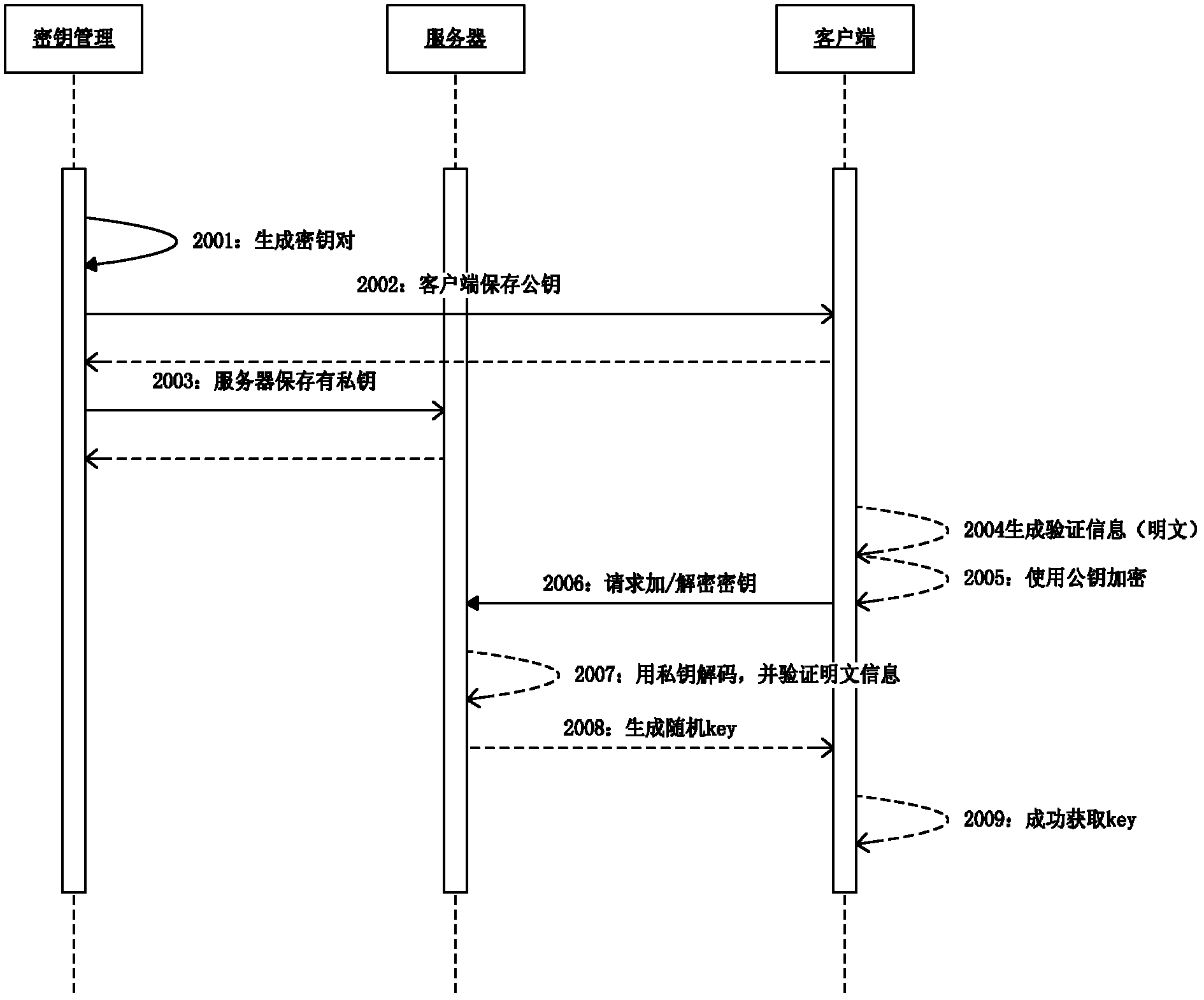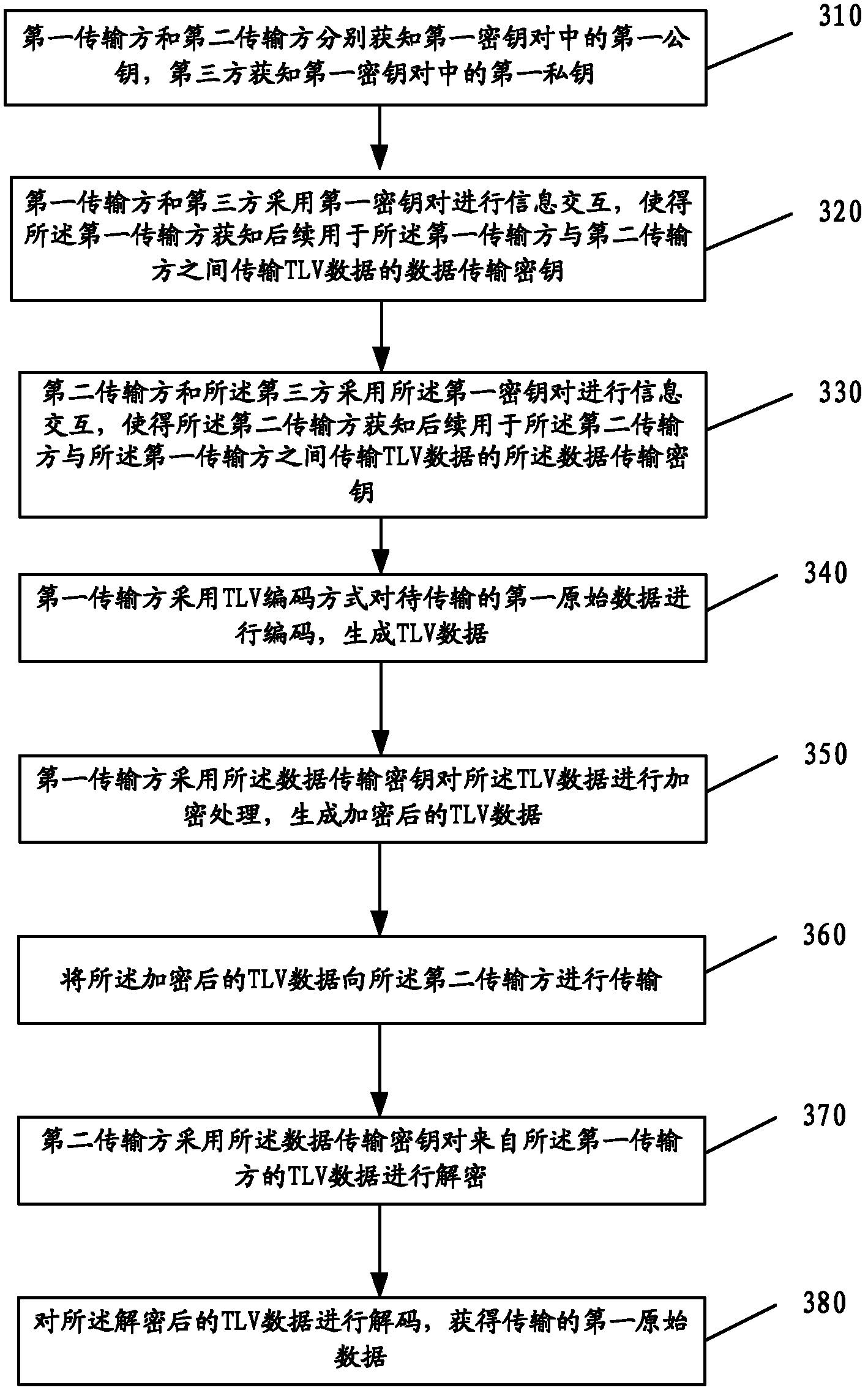TLV (Threshold Limit Value) based data transmission method and system thereof
A data transmission method and data transmission technology, which are applied in the field of TLV-based data transmission methods and systems, and can solve problems such as threats to system security and information leakage
- Summary
- Abstract
- Description
- Claims
- Application Information
AI Technical Summary
Problems solved by technology
Method used
Image
Examples
Embodiment Construction
[0049] The technical solutions in the embodiments of the present invention will be clearly and completely described below with reference to the accompanying drawings in the embodiments of the present invention. Obviously, the described embodiments are only a part of the embodiments of the present invention, but not all of the embodiments. Based on the embodiments in the present invention, all other embodiments obtained by those of ordinary skill in the art fall within the protection scope of the present invention.
[0050] see figure 1 , which is a flowchart of the first embodiment of a TLV-based data transmission method provided by the present invention. To illustrate the embodiment of the present invention more clearly, in the transmission process, the two transmission parties are respectively referred to as the first transmission party and the second transmission party.
[0051] Step 110: the first transmission party acquires the first public key in the pre-generated first...
PUM
 Login to View More
Login to View More Abstract
Description
Claims
Application Information
 Login to View More
Login to View More - R&D
- Intellectual Property
- Life Sciences
- Materials
- Tech Scout
- Unparalleled Data Quality
- Higher Quality Content
- 60% Fewer Hallucinations
Browse by: Latest US Patents, China's latest patents, Technical Efficacy Thesaurus, Application Domain, Technology Topic, Popular Technical Reports.
© 2025 PatSnap. All rights reserved.Legal|Privacy policy|Modern Slavery Act Transparency Statement|Sitemap|About US| Contact US: help@patsnap.com



